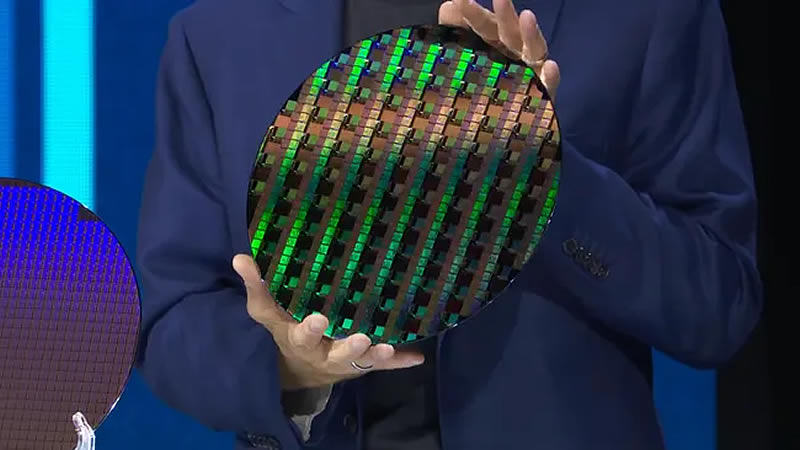At the Deutsche Bank 2024 technology conference, Intel revealed the defect density of its advanced 18A (1.8 nm) process technology. According to the company, this indicator indicates the “healthy” state of the technology and the high level of reliability of the production process. The number of potential customers interested in using 18A is growing.

Despite the recent news of failed tests by one of the key players in the network equipment and radio chips company Broadcom, Intel says that the number of customers interested in using this technology continues to grow. According to company CEO Pat Gelsinger, defect density (D0) has already dropped to below 0.4 defects per square centimeter. “I am pleased to report that for this manufacturing process we are now below the defect density level of 0.4 d0, which indicates a healthy process,” Gelsinger said.
The industry believes that a D0 value below 0.5 defects per square centimeter (0.5 def/cm²) is a good indicator. And with the 18A still a few quarters away from mass production, defect density is expected to be even lower by then. For comparison, the defect density of Taiwanese TSMC’s N7 and N5 processes three quarters before the start of mass production was about 0.33 defects per square centimeter, which is approximately the same as the current state of 18A. When mass production of N5 began, the D0 indicator reached 0.1 defects per square centimeter. Although the defect density of N3 at the start of mass production was higher than that of N5, after five to six quarters it became equal to that of N5, demonstrating a similar improvement trend.
Among customers, Microsoft, which plans to use it for the production of its processors, and the US Department of Defense have shown interest in 18A. “We currently have more than a dozen customers actively working with our 18A development kit (PDK 1.0),” Gelsinger said. In total, Intel expects to launch eight 18A-based products by mid-2025.